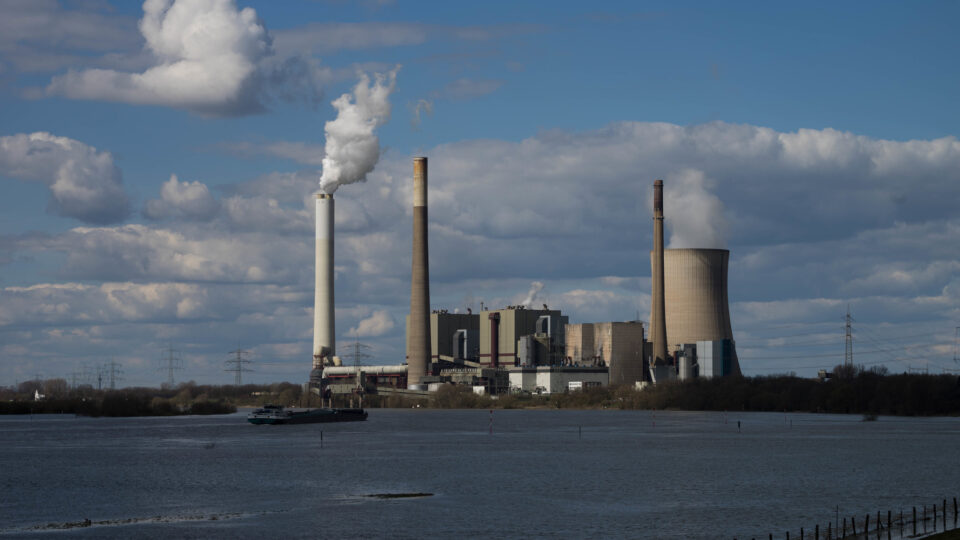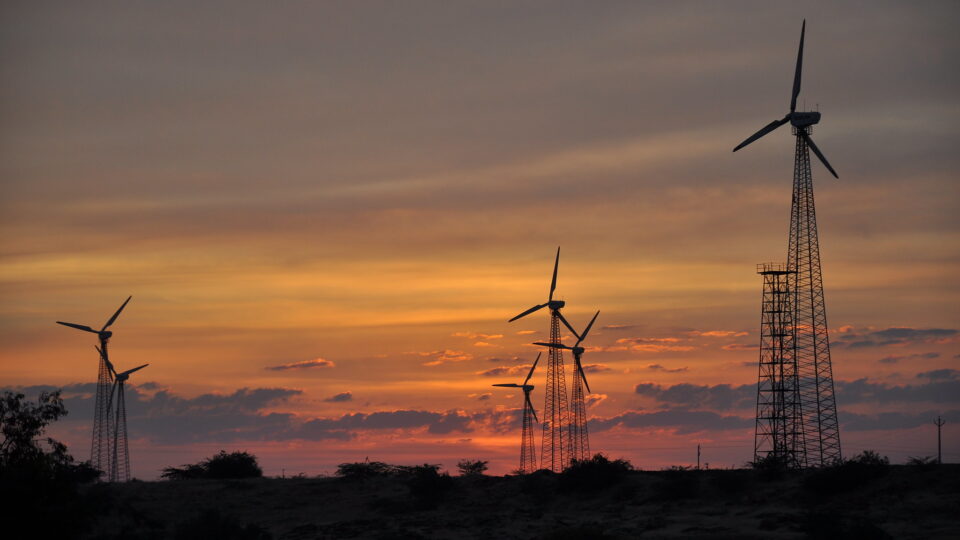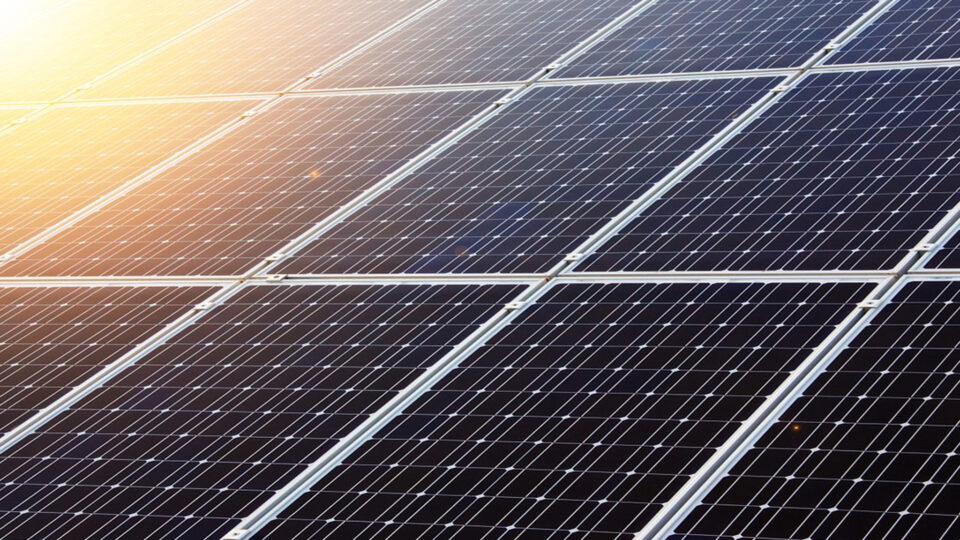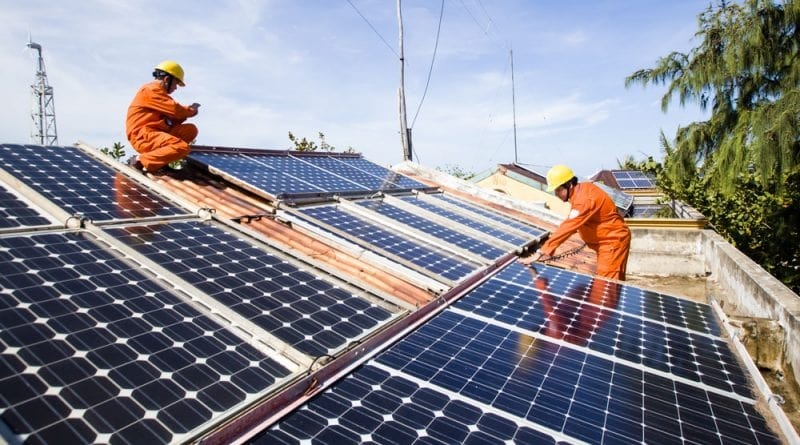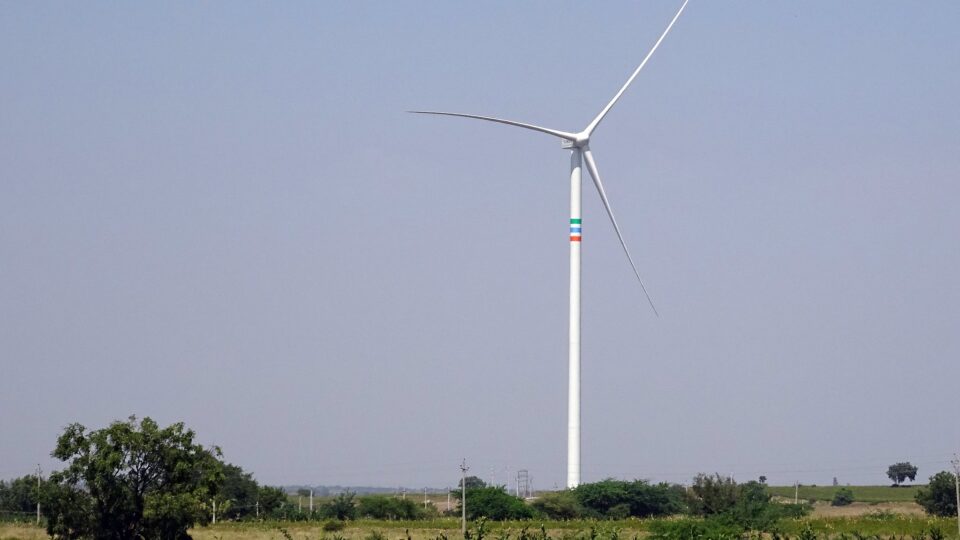Wetlands are distinct ecosystems that are flooded or saturated by water, either permanently or seasonally. They include mangroves, marshes, swamps, forested wetlands, bogs, wet prairies, and vernal pools. The feature that most wetlands share is soil or substrate that is at least periodically saturated with or covered by water.
Wetlands are some of the most threatened ecosystems in the world. While wetlands can be affected by a variety of natural stressors, including erosion, droughts, and storms, human activities have been the major driver of wetland decline.
But according to a new study by researchers from McGill University in Canada, the global loss of wetland areas since 1700 has likely been overestimated. The research team calculated that the area of wetland ecosystems around the world has declined 21-35% since 1700 as a result of human activities – far less than the 50-87% decline estimated in other studies. The study’s focus beyond regions with historically high wetland losses and its avoidance of possibly misleading extrapolations likely resulted in the lower estimate.
According to the study, which was published in the journal Nature, more than 2.1 million square miles of wetlands have been lost during the past 300 years – an area roughly the size of India. The five countries with the highest wetland losses are the United States, China, India, Russia and Indonesia.
But discovering that fewer wetlands have been historically lost than previously thought gives researchers a second chance to protect wetlands. The findings of the study will help researchers prioritize global conservation and restoration actions.
**********
Web Links
A second chance to protect wetlands
Photo, posted February 2, 2005, courtesy of Jan Tik via Flickr.
Earth Wise is a production of WAMC Northeast Public Radio



